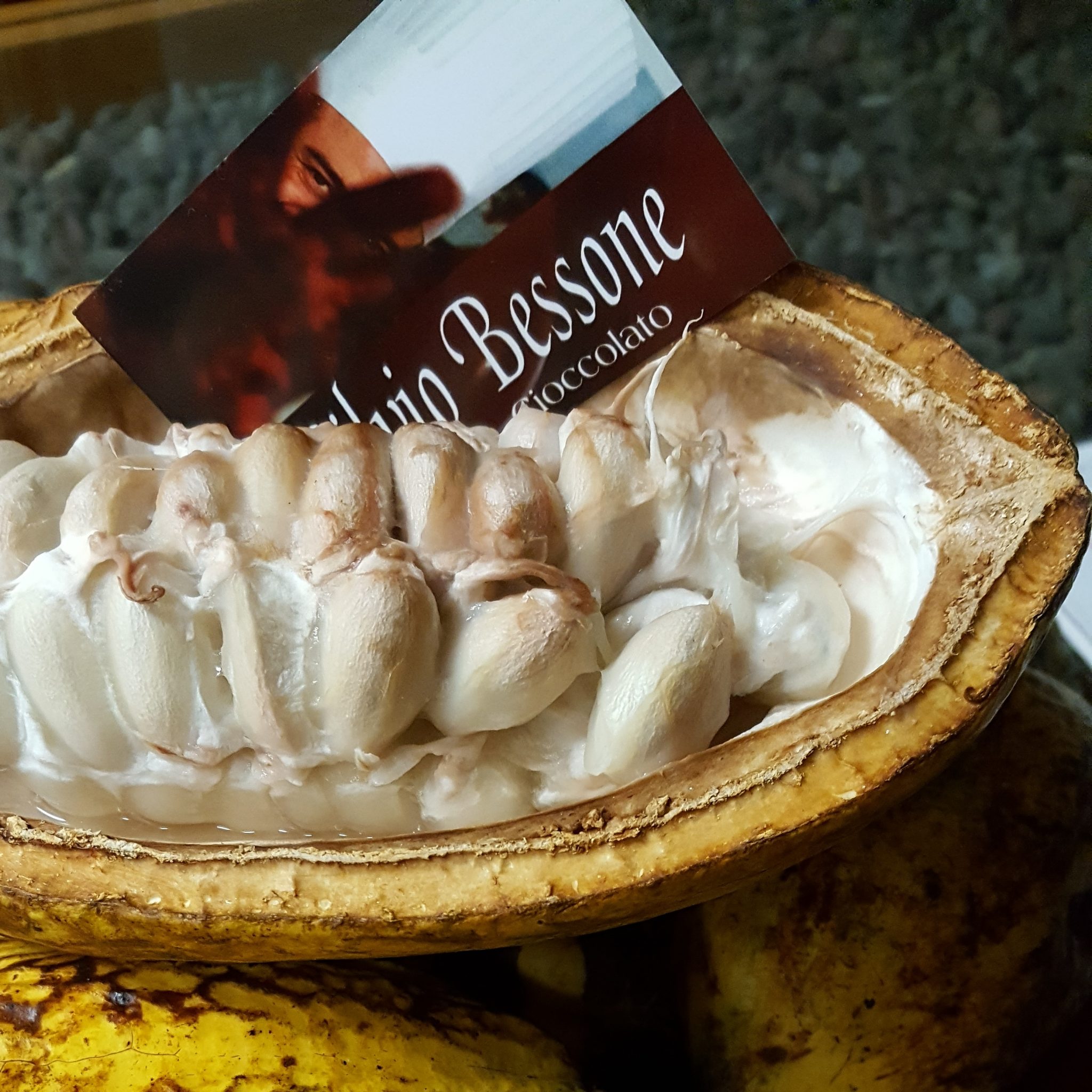
Chocolate A Story to Tell
Talking about Chocolate would seem simple but it is not. A dry answer with no alternatives since for good or bad it always comes down to this exact formula!
For months now I have been curating a column about cocoa in Pastry International magazine. I have now decided to curate a similar column on my Blog as well, and I hope you will appreciate this editorial effort.
Therefore, in this first chapter we discuss cocoa, what the types are like and how they differ from each other, how the land and especially man affects its quality and organoleptic as well as gastronomic characteristics.
Much has been written about Chocolate and I am sure much more will still be written, yet reveries and maga Fache endure that are hard to scratch. With this cultural and virtual journey, I want to explore a really interesting topic the varieties of cocoa and its characteristics. Perhaps as we walk along we might give some answers to questions that have not yet been formulated but of great use, for those who in this Bean-to-Bar time might find them interesting and enlightening.
The Criollo
The Criollo! Waw it seems that only this cocoa today is used to make Chocolate! Well of this type in purity I can say that there is very little in the world, that is, in purity! But if to purity we concede genetic experimentation and various crosses then it changes! And by a lot.
Criollo is that cocoa that; in the countries of origin of cocoa. That is, the Amazon Rainforest, the banks of the Orinoco River, and especially in the tropical area of Mexico it has been found naturally since time immemorial.
We are talking about delicate cocoa! Which produces fruits of different hues and tends to have little pigmentation, often more reddish pink than purple. A cocoa with few anthocyanins but rich in Catechins and Epicatechins, in some cases huge amounts.
This cocoa, if processed well, with proper post-harvesting and a good fermentation method can give excellent cocoa, with a delicate flavor profile and depending on variety and location, develop contrasting flavors ranging from red fruit to nuts such as almond or macadamia.
The most prized variety is Porcelana, a name derived from the immaculate white color of the broad beans. A cocoa that in its purest form is now found only in some of the nooks and crannies of Venezuela, but I would not be entirely sure or in the Amazonian stretch that runs through Venezuela, Colombia and Brazil, referred to as the Coca route but the well-known drink has nothing to do with it. – However, only a few hundred kilograms can be found in the world in pure and especially uncloned form and at a price that is also well over €20 per kilogram. In Mexico you can find varieties that are no longer pure, the result of grafting and floral clones that are now also called Bi-color, i.e., fruits with white fava beans pigmented with red or purplish color, we could call them Biodiversity, but I think much less romantic cocoa crossed at the genetic level from grafts. However, this, too, makes it interesting to constantly study varieties so that careful researchers like me can more enthusiastically investigate botanical variability, yet without getting lost in calling them magic but more pragmatically clonal and varietal experiments.
Criollo, however, does not dwell only in Latin America, perhaps in a completely unknown way there are real plantations, perhaps not exactly in purity, but in Tanzania (in the Mbingu community I found some really interesting Criollo Guasare) in Polynesia and in the Pacific Ocean. One question has always occurred to me, but in the Pacific Ocean, who brought the cocoa? That it was already there before the conquerors? That the fruit had arrived there floating and carried by the tides? I would not rule it out, given some really curious varieties that can be found in the Vanuatu archipelago and some islands in the Indian Ocean.
Almost pure Criollo also grows wild in Sri Lanka, but much is Criollo grafted with different varieties while still retaining the same physical characteristics, although the biochemical ones differ greatly, but we will only cover this in another article in a few months.
In Haiti there is a Criollino, a cocoa with very small fruits, consequently they are also very small the beans weigh at most 0.7 g per seed, but this cocoa for some reason has dark beans, very intense in flavor and often under the influence of underground fermentation and sometimes even the absence of proper fermentation but only empirical or approximate. But this, too, I will deal with when I get into the merits of the Island of Haiti.
The free Winning Chocolatier Video Course starts on September 10, reserve a front row seat, don’t miss this great opportunity. Click here on the link

Ultimi commenti